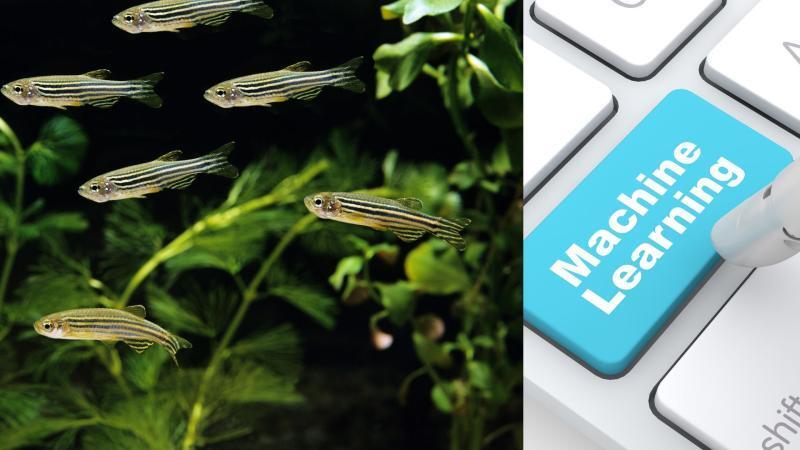
Machine Learning Spots Anxiety in Zebrafish Behaviour
Anxiety is a complex condition that affects millions of people worldwide, and understanding its mechanisms is crucial for developing effective treatments. Researchers at the Indian Institute of Science Education and Research (IISER) in Thiruvananthapuram have made a significant breakthrough in this regard by using machine learning to identify anxious behaviour in zebrafish. By analyzing subtle movement patterns in video, computers were able to surpass human observers in detecting anxiety, paving the way for improved animal models and advanced treatment research.
The study, published recently, demonstrates the power of machine learning in behavioral analysis, particularly in the field of anxiety research. Anxiety is a common condition that can manifest in various ways, from mild to severe, and its diagnosis often relies on self-reported symptoms or observational studies. However, these methods have limitations, and there is a need for more objective and accurate tools to understand and diagnose anxiety.
Zebrafish, a popular model organism in scientific research, have been used to study anxiety due to their similar brain structure and behavioral responses to humans. In the past, researchers have relied on human observers to analyze the behavior of zebrafish in controlled environments, such as tanks or arenas. However, this approach is time-consuming, subjective, and prone to errors.
To overcome these limitations, researchers at IISER Thiruvananthapuram turned to machine learning. They used automated tracking tools, such as DeepLabCut and ZebraLab, to analyze the movement patterns of zebrafish in video recordings. These tools use computer vision algorithms to track the movement of the fish and extract relevant features, such as speed, acceleration, and direction.
The researchers used these features to train machine learning models to recognize anxious behavior in zebrafish. They collected video recordings of zebrafish swimming in a tank with a submerged platform, which the fish were not familiar with. The fish’s behavior was observed and recorded, and then the videos were analyzed using the automated tracking tools.
The results were impressive: the machine learning models were able to accurately identify anxious behavior in zebrafish with high precision and recall. In fact, the models outperformed human observers in detecting anxiety, which highlights the potential of machine learning in behavioral analysis.
This study has significant implications for anxiety research. By using machine learning to analyze zebrafish behavior, researchers can develop more accurate and objective models of anxiety. This can be particularly useful in studying the neural mechanisms of anxiety, as zebrafish have a relatively simple brain structure compared to humans.
Moreover, the use of machine learning in behavioral analysis can improve the efficiency and accuracy of animal studies. Automated tracking tools can process large amounts of data quickly and accurately, reducing the need for human observation and increasing the scalability of research studies.
The potential applications of this research are vast. For example, machine learning models could be used to analyze the behavior of zebrafish in response to different treatments or interventions, such as pharmacological or behavioral therapies. This could provide valuable insights into the effectiveness of these treatments and help researchers develop new and more effective therapies for humans.
Furthermore, the use of machine learning in behavioral analysis can be extended to other areas of research, such as autism, depression, and addiction. By analyzing subtle movement patterns and behavioral responses, researchers can gain a better understanding of these conditions and develop more effective treatments.
In conclusion, the study by researchers at IISER Thiruvananthapuram demonstrates the power of machine learning in behavioral analysis, particularly in the field of anxiety research. By using automated tracking tools to analyze zebrafish behavior, researchers can develop more accurate and objective models of anxiety, improve animal studies, and advance treatment research for humans. As machine learning continues to evolve, we can expect to see even more innovative applications of this technology in behavioral analysis.
Source: https://researchmatters.in/news/fishy-feelings-how-ai-helping-us-understand-anxiety-fish






